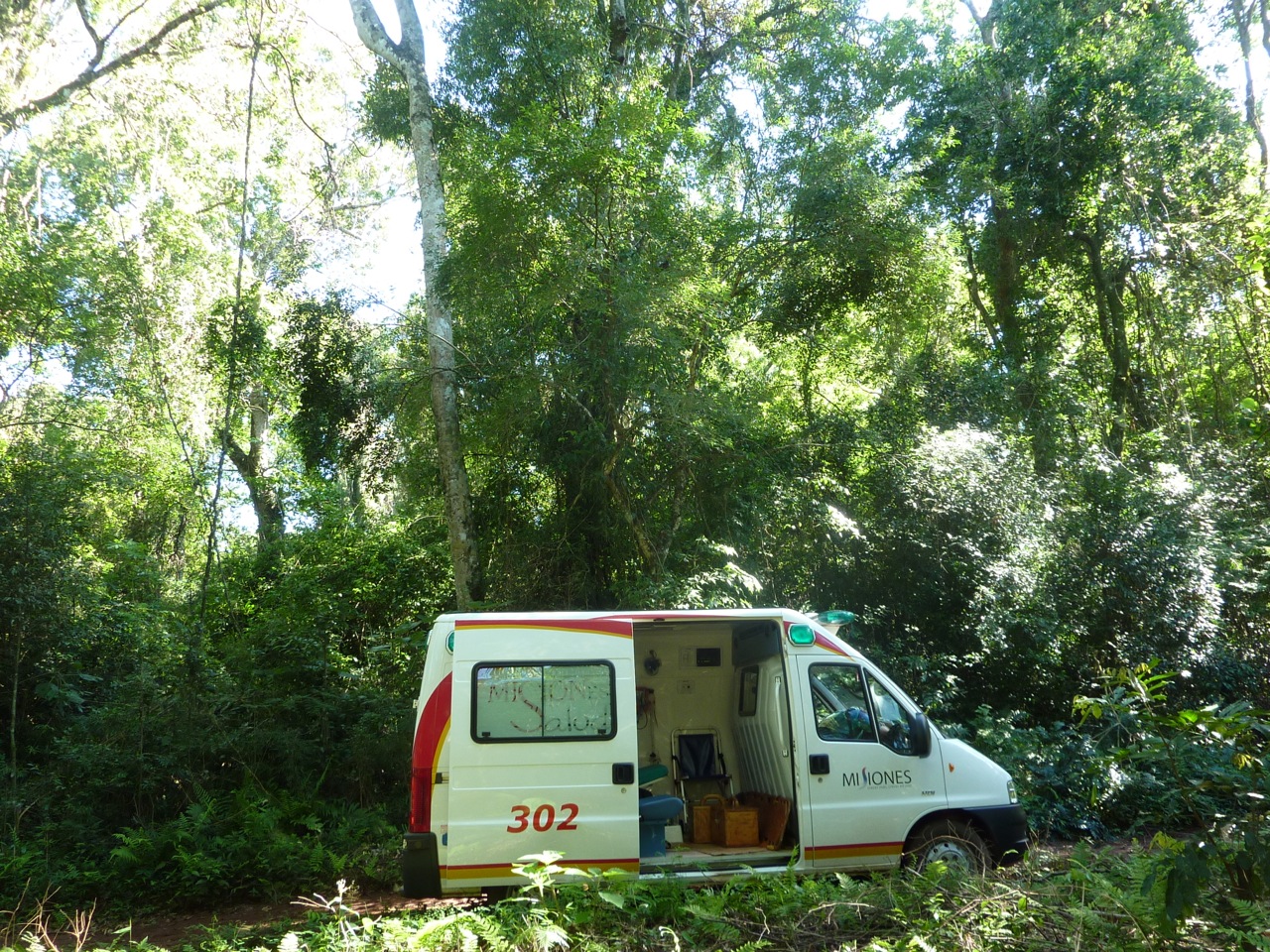Sustaining (Dis)Embodied Inequalities in the(ir) Eurocene
Ancient Microbes, Racial Anthropometry, and Life Choices
—
Received: 19 April 2022; Accepted: 30 January 2023; Published: 30 June 2023
Probiotics
Nutrition
Diet
Anthropocene
Microbiome
https://doi.org/10.17157/mat.10.2.7105
Abstract
Racialisation and colonialism are central to sustaining (dis)embodied inequalities. We bring together our distinct ethnographic projects to explore this. The first project accompanied a microbiome expedition involving Amazonian Indigenous non/human communities, whereas the second project focused on medical professionals’ encounters with Mbya Guarani communities in the Atlantic Forest region. Both projects explore racialised assumptions of human difference and colonial extractive practices. In the case of medical intervention with the Mbya, and their forms of life, this is perpetuated through the imposition of anthropometric growth standards. With the human microbiome initiatives, identifying Indigenous Peoples as potential reservoirs for novel probiotics also ultimately amplifies racialised (dis)embodied inequalities. Rather than these interventions addressing such disembodied equalities, we draw parallels between the two, to show that they perpetuate them. Finally, we propose that part of ceasing to reproduce these (dis)embodied inequalities requires ‘us’ to challenge the racialised and colonial histories of the life and geological sciences, to recognize their embodied consequences in the present, as well as how they are implicated in emergent proposals for new geological ‘-cenes’.
